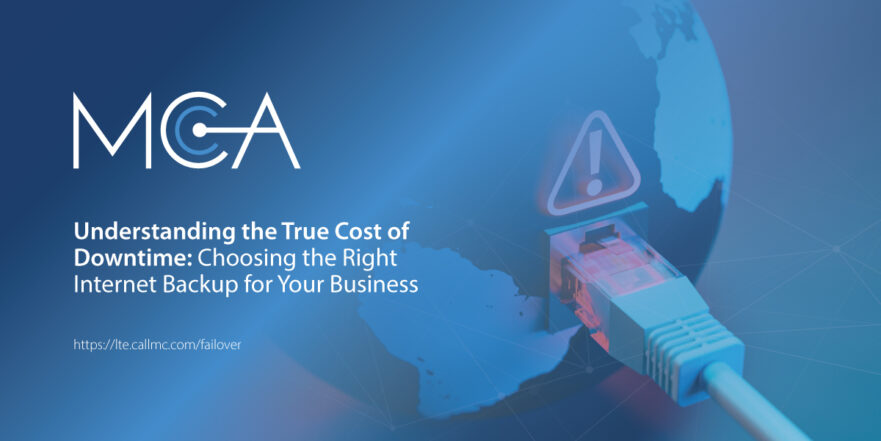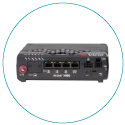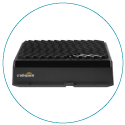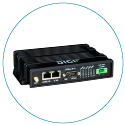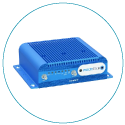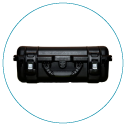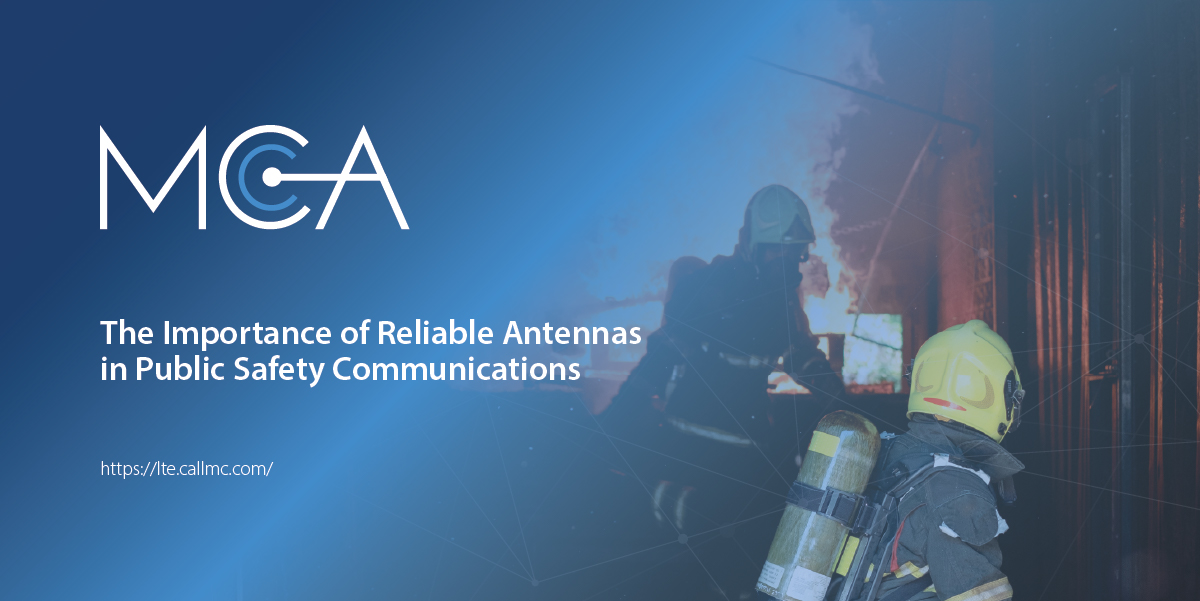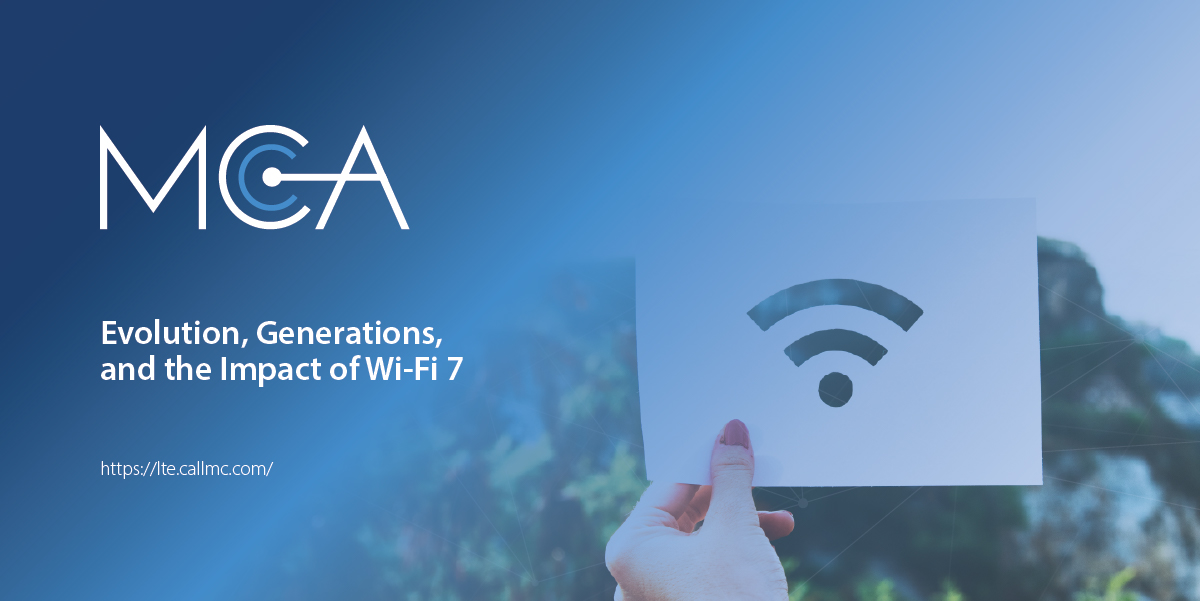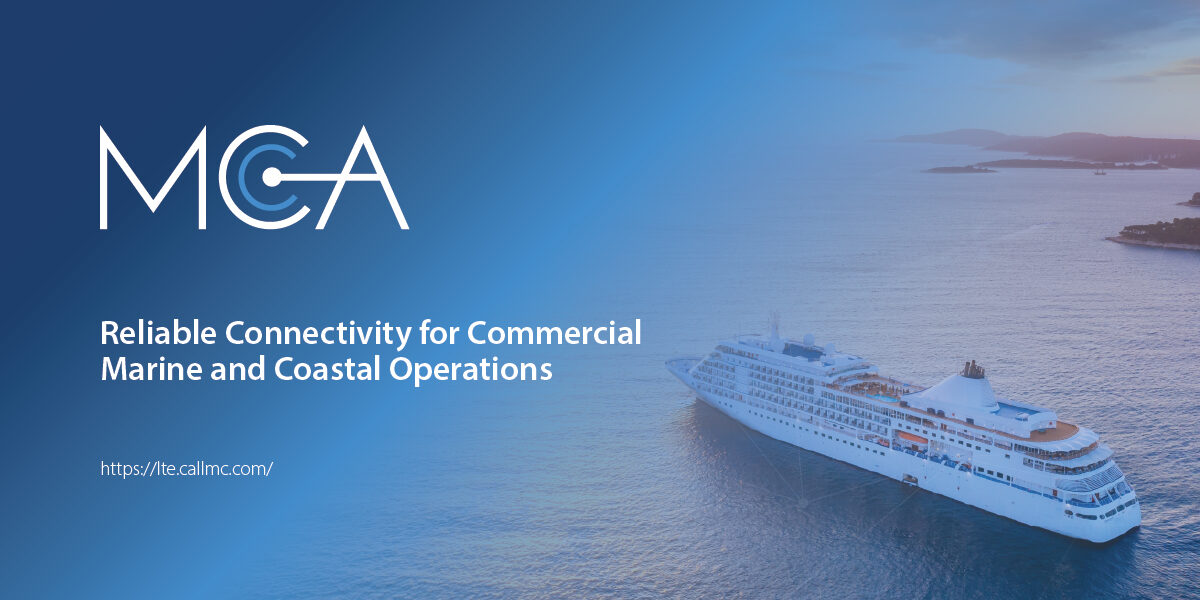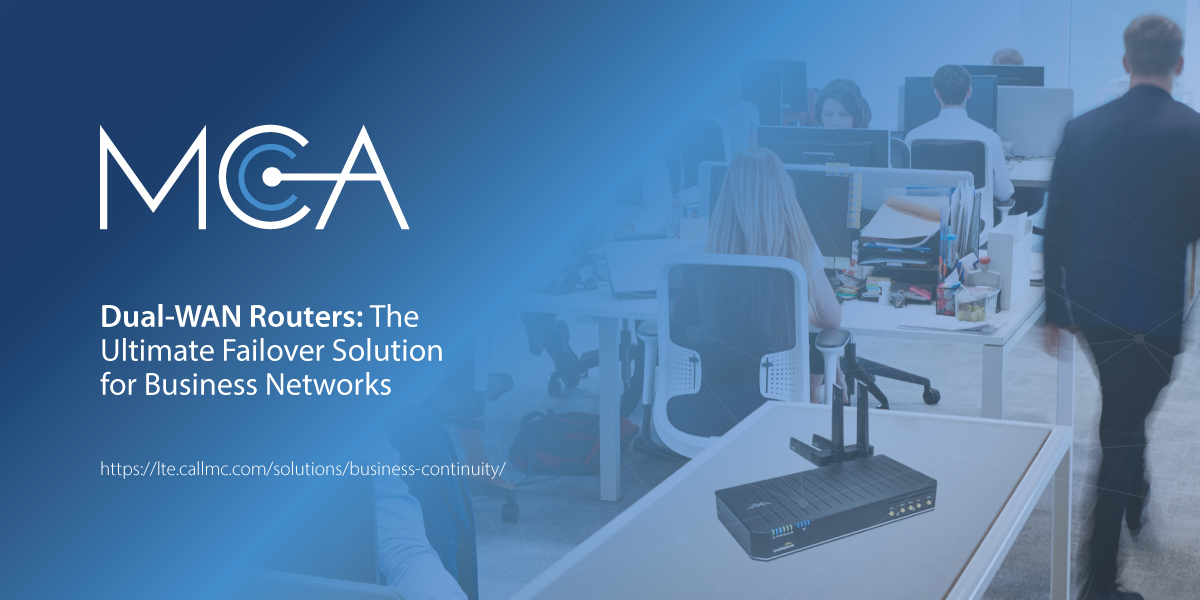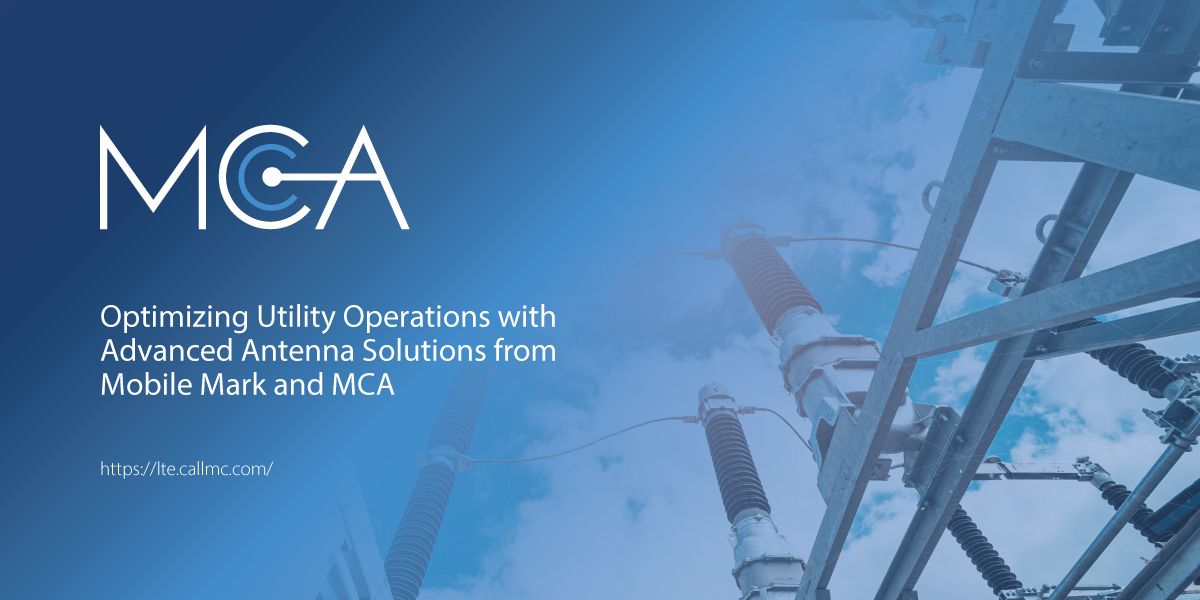The True Cost of Internet Downtime
For many businesses today, the Internet is essential for everything from processing transactions to accessing cloud-based tools. Without it, operations can halt, and the consequences can be costly. Internet downtime isn’t just an inconvenience - it can quickly disrupt your entire business, leading to lost revenue, customer frustration, and long-term reputational damage. Some estimates suggest that every minute of downtime can cost a business at least $500.
How would your business cope if your internet went down for hours or even days? For many organizations, the consequences would be severe. Research suggests that average internet downtime costs businesses at least $500 per minute. To put this into perspective, most wired internet providers offer 99.99% uptime, which sounds impressive but still leaves a small window for potential outages. With 99.99% uptime, businesses can expect an average of four minutes of downtime per month, costing around $2,000 each month in lost productivity and service disruption.
But the reality of downtime is rarely as predictable as those four minutes a month. Outages can last for hours or even days - the longer they persist, the greater the financial toll. A typical outage can last around 90 minutes, costing a business as much as $45,000. If an outage drags on longer, the costs and risks to a business’s reputation, customer satisfaction, and operational efficiency multiply quickly.
Internet Backup Alternatives Protect Your Business from Disruption
Given the high stakes, having an internet backup plan is not just a smart business decision - it's essential. The key is choosing the right backup type that meets your needs without breaking the bank. Below, we explore three main options for internet failover: multiple wired connections, cellular failover, and satellite backup.
Multiple Wired Connections
It’s a common assumption that having multiple wired internet providers can protect against downtime. While this may sometimes work, it’s not always a reliable strategy. In many cases, wired internet connections are routed through the same infrastructure, meaning if one provider’s service goes down, others might also be affected. This is especially true in the "last mile" of the connection—the final leg that delivers service directly to your business.
The risks of relying on multiple wired connections for failover are significant. For example, a backhoe accidentally cuts a cable, which could affect all the wired connections in that area. A better approach is diversifying your internet backup with entirely different technology, such as cellular or satellite.
Cellular Failover
Cellular failover has quickly become the most popular and reliable option for businesses looking to ensure continuity during an internet outage. When your primary wired connection fails, it automatically reroutes your internet traffic to a cellular connection, ensuring that your business operations remain uninterrupted.
Cellular failover's primary advantages are its performance and availability. With the widespread coverage of high-speed 4G LTE and 5G networks, nearly 98% of the U.S. can access fast, reliable cellular data. Cellular failover can be a highly cost-effective and efficient way to maintain connectivity for businesses.
Cellular failover is fast and reliable and offers lower latency compared to other backup options. The average latency for cellular connections is around 100 milliseconds, far better than the 550 milliseconds offered by satellite connections. This makes cellular ideal for businesses that rely on high-performance applications, such as cloud-based software, VoIP, or video conferencing.
Satellite Internet
Satellite internet is another option for WAN failover, although it has some drawbacks. While its availability and speed have improved, it still generally lags behind cellular in bandwidth and latency. Moreover, satellite connections are more expensive than cellular options for equivalent bandwidth.
That said, satellite internet can be an excellent solution if your business operates in an area with limited cellular coverage. Satellite backup provides a viable alternative for remote locations or "digital deserts" where wired and cellular connections are unavailable.

Factors to Consider When Choosing WAN Failover Solutions
When deciding which internet backup solution is best for your business, several factors should be considered:
Bandwidth and Speed
Choose a backup solution that provides enough bandwidth to support your business needs. If your company relies on high-speed internet for operations such as video conferencing, cloud storage, or processing transactions, ensure that your backup connection offers sufficient speed to handle those tasks.
Latency and Performance
Latency can be critical for businesses using real-time applications like VoIP, online meetings, or customer service tools. Cellular failover typically offers lower latency and better performance than satellite, making it the preferred choice for most businesses.
Deployment Speed
Another crucial consideration is the speed at which you can deploy your backup solution. Cellular failover connections can often be set up within a day, whereas wired connections may require weeks or months to install. Cellular may be the fastest and most flexible solution if you need to ensure continuity immediately after moving into a new location.
Flexibility and Scalability
As your business grows, your backup needs may change. Cellular failover is highly scalable, allowing businesses to add more connections or switch between different types of backup as their needs evolve. This flexibility makes it easier to adapt to changing circumstances and grow without worrying about connectivity issues.
Cost-Effectiveness
Cost is always a significant consideration. Cellular failover is typically more cost-effective than satellite, especially considering the overall bandwidth and latency performance. It’s also more affordable than deploying multiple wired connections.
SD-WAN and Cellular Failover
In many cases, businesses can achieve even greater reliability and performance with a combination of SD-WAN and cellular failover. SD-WAN (Software-Defined Wide Area Network) is an advanced networking technology that optimizes the use of multiple internet connections, including wired, cellular, and satellite, by automatically routing traffic based on real-time performance metrics.
By integrating SD-WAN with cellular failover, businesses can ensure that their traffic is always routed over the best available connection, whether a primary wired link, a cellular backup, or even a satellite connection if necessary. This approach minimizes downtime, improves application performance, and enhances the overall resilience of the business’s network infrastructure.
Hardware Configurations for WAN Failover
There are several hardware options for configuring your WAN failover solution:
5G or LTE Adapters
These are simple adapters that provide cellular connectivity when the primary connection fails. They are often used in offices with existing routers that support failover functionality.
Dual WAN Routers
These routers are designed specifically for handling failover between multiple internet connections. They typically support wired (fiber or cable) and wireless (5G/LTE) connections, with built-in software ensuring seamless transition between the two.
Service Gateways and SD-WAN
Advanced hardware solutions integrate SD-WAN with multiple WAN connections to ensure optimal routing, security, and performance.
Investing in Reliable Internet Backup
Choosing the right internet backup for your business is a crucial decision that can significantly impact your bottom line. Internet downtime is costly, and having a reliable failover solution is essential to ensuring business continuity and minimizing risks.
Cellular failover is the best choice for most businesses due to its widespread availability, reliability, and affordability. However, businesses in remote locations or with specialized needs may find that satellite or wired connections are more suitable.
Businesses can select the best solution that meets their needs by considering factors such as bandwidth, latency, deployment speed, and cost. Combining cellular failover with SD-WAN technology provides an even more robust, flexible, and resilient solution that can adapt to future growth and changing demands.
About MCA and Our CNS Team
MCA is one of the largest and most trusted integrators in the United States, offering world-class voice, data, and security solutions that enhance the quality, safety, and productivity of customers, operations, and lives. More than 65,000 customers trust MCA to provide carefully researched solutions for a safe, secure, and more efficient workplace.
Our Cellular Networking Solutions (CNS) team (formerly known as USAT) is made up of certified experts in designing and deploying fixed and mobile wireless data connectivity solutions for public and private enterprises nationwide - complete with implementation, training, proof of concept (POC), system auditing, and on-site RF surveying services with optional engineering maintenance contracts.
Our extensive catalog of world-class routers, gateways, and software designed for remote monitoring and management in even the harshest environments allows us to deliver a full suite of reliable technologies capped with a service-first approach.
Share this Post
